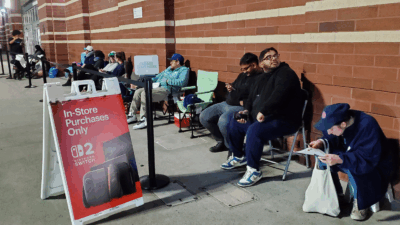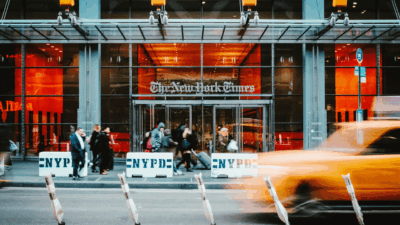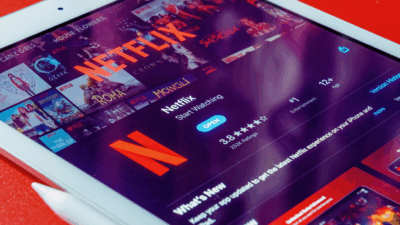
Sign up for smart news, insights, and analysis on the biggest financial stories of the day.
Some say it’s a passing fad, some say it’s a refuge for the canceled, some say it’s the future of media that will save an industry disrupted by the likes of Facebook.
Substack doesn’t care what they say, because it has a million paying subscribers. The à la carte journalism and writing platform announced the milestone on Monday but, for all its high-profile writers raking in millions, it still needs to figure out how to turn a profit.
Star Power
Substack, which gives writers a proprietary setup to run their own subscription newsletter service, has shaken up Big Media by throwing six-figure advances at some of publishing’s biggest names. It has poached high-profile writers from The New York Times (Marc Stein), The Intercept (Glenn Greenwald), Vox (Matt Yglesias) New York (Andrew Sullivan), Rolling Stone (Matt Taibbi), and BuzzFeed (Helen Petersen), converting massive followings into revenue:
- In December 2020, Substack newsletters had just 250,000 paid subscribers — in other words, the company has quadrupled its paying customers in under a year.
- Even though most writers don’t charge a penny and the company isn’t profitable, the Top 10 writers on Substack brought in $25 million this year — up from $7 million last year — and it fundraised $65 million in a Series B round last March.
Imitation is the Sincerest Form of Insult: Substack’s rise inspired Facebook to launch a rival newsletter product, Bulletin, and Twitter acquired newsletter start-up Revue. “The only thing worse than being copied by Twitter and Facebook is not being copied by Twitter and Facebook,” Substack CEO Chris Best told the Financial Times, adding “Facebook caused a lot of the problems we are trying to solve.”
Not Above Re-Poach: A handful of competing newsletter platforms — including Ghost, Lede, and Beehiiv — have also emerged, but Substack’s biggest challenger might be the companies it disrupted. The New York Times and The Atlantic introduced paywalled newsletters this year, and earlier this month The Atlantic even poached tech writer Charlie Warzel from Substack less than a year after Substack poached him from the Times.











